I used to live on a lake in Alaska. I had a gorgeous view from my deck--the little lake, full of wildlife and surrounded by rugged Alaskan mountains.
But the pictures I snapped, once developed, looked nothing like reality.
The snow-capped peaks in my photos were flat, small, pedestrian things. They elicited no feelings of wild, brutal power. They never stirred the passion in me that the real mountains provoked. The swans on the lake were little lumps of white in a sea of gray water. The otters and the moose were smudges of brown.
A better photographer would have taken better pictures. He would have focused his shot to make the mountains pop out and grab me. He would have brought the wildlife forward--blurred the background instead of the subject of the shot. That's what good photographers do. They focus their shots. They freeze a moment and they make us stop and look and really see.
I suspect that even as my camera strips truth from nature, so does the bustle of our world strip meaning from life. Good novelists, like good photographers, have the power to make people stop and listen and learn. We have the opportunity to paint scenes and bring into focus things they often rush past without seeing.
What we bring into focus, and what we blur in the background matters.
I once critiqued a novel in which the writer painted a homosexual rape in excruciating detail. It was devastating and ugly, but worse than that, it was so brutal that it lost all power to move me emotionally. I shut down. I couldn’t look, I couldn’t cry, I couldn’t connect.
I told the author that the scene would have been more powerful if she had shown the big boys moving in, and then cut away, perhaps to focus on the flower being crushed under the heel of one of the attackers. The flower would act as a metaphor and it would allow the little boy to have some privacy and dignity. Then the author could move back in to show the little boy lying in a wilted, little heap on the ground after the act was done.
We want to elicit emotion so people will grow, but people rarely grow when we bash them over the head with ugliness. They close their eyes.
I'm not saying we should paint peaches-and-cream pictures of life. Our readers don’t live in heaven and we can’t paint heaven on earth and expect anyone to care about what we say. We live in the land of brutal rapes. We can’t lie and pretend that stuff doesn’t happen. But showing ugly, raw stuff is not the answer.
We often hear that we should show and not tell, and that's partly because people aren't moved and they don’t grow when novelists preach at them. Telling is preaching. Showing is allowing a reader to draw his own conclusions. But as we show, we need to remember to focus our shots. We don't want to show life exactly as it appears to the busy reader as he rushes through his day.
We want to show the underlying truth that we see in life.
Anyone can show the grime that lies on top. Anyone can show the rats in the alleys and the pot-bellied babies with flies buzzing their faces.
We want to go deeper. Where did the grime come from? Why are the babies dying of starvation. Get to the evil heart of man and to the loving heart of God and you will get to truth.
The truth in the brutal rape scene I mentioned earlier was not when the big boys pulled down the little boy's pants and the author spelled out what happened in detail. The truth was in the big boys approaching caring only about their selfish desires. No love. No mercy. The truth was in the little boy's humiliation. That scar went way deeper than the physical pain. The truth was in the hearts of the boys, not their body parts.
You’re the artist. You need to play with the light in order to bring some things forward and push some things backward so that the reader will see life as it really is and not as it is appears on the surface.
How have you used metaphors, or how have you seen others use metaphors, to paint more clearly the truth behind brutal acts or beautiful ones?
How have you used metaphors, or how have you seen others use metaphors, to paint more clearly the truth behind brutal acts or beautiful ones?
photo credit: GlacierTim via photopin cc
~~~~~~~~~~~~~~~~~~~
Sally Apokedak is an associate agent with the Leslie H. Stobbe Literary Agency. She's in the process of of building a dynamite list of authors. She is also active in the Society of Children's Book Writers and Illustrators.




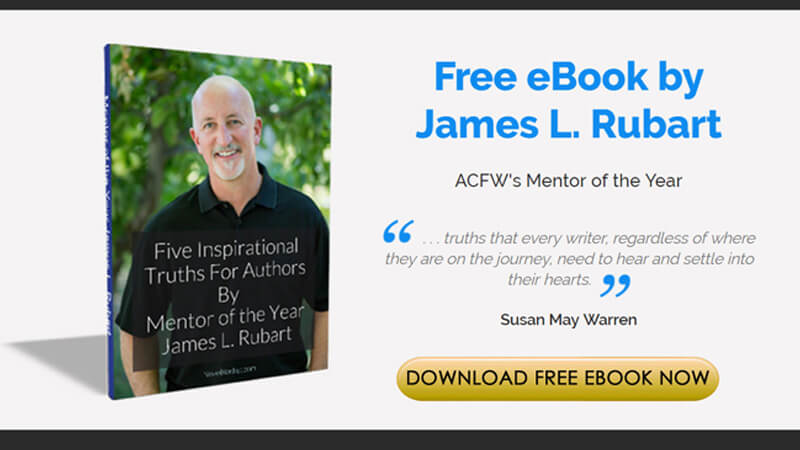
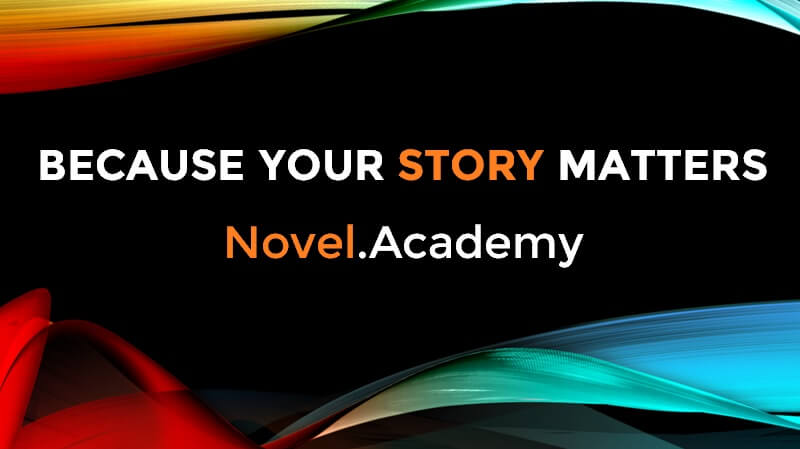
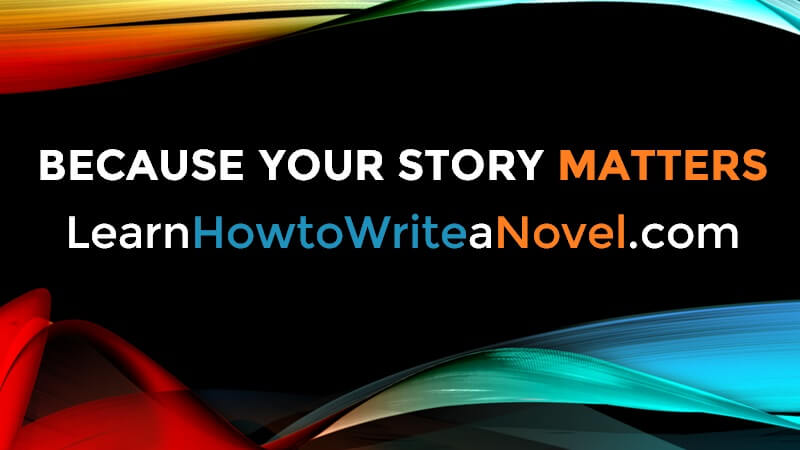

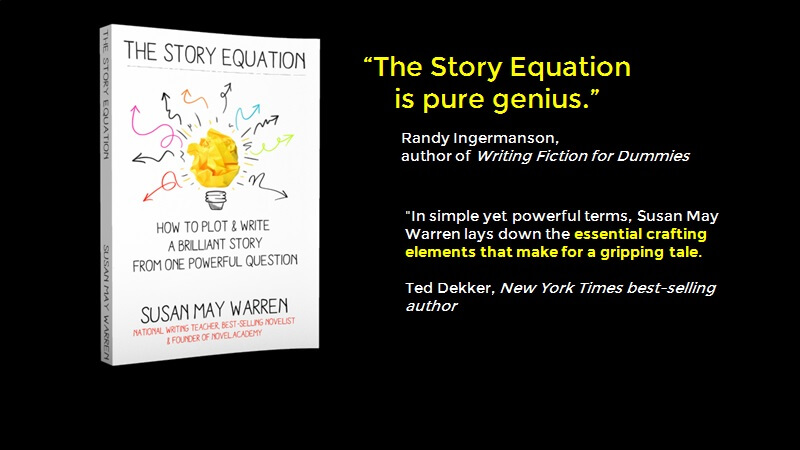


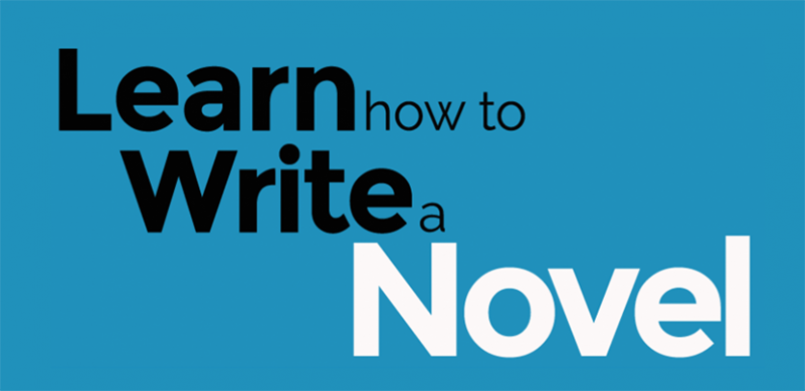


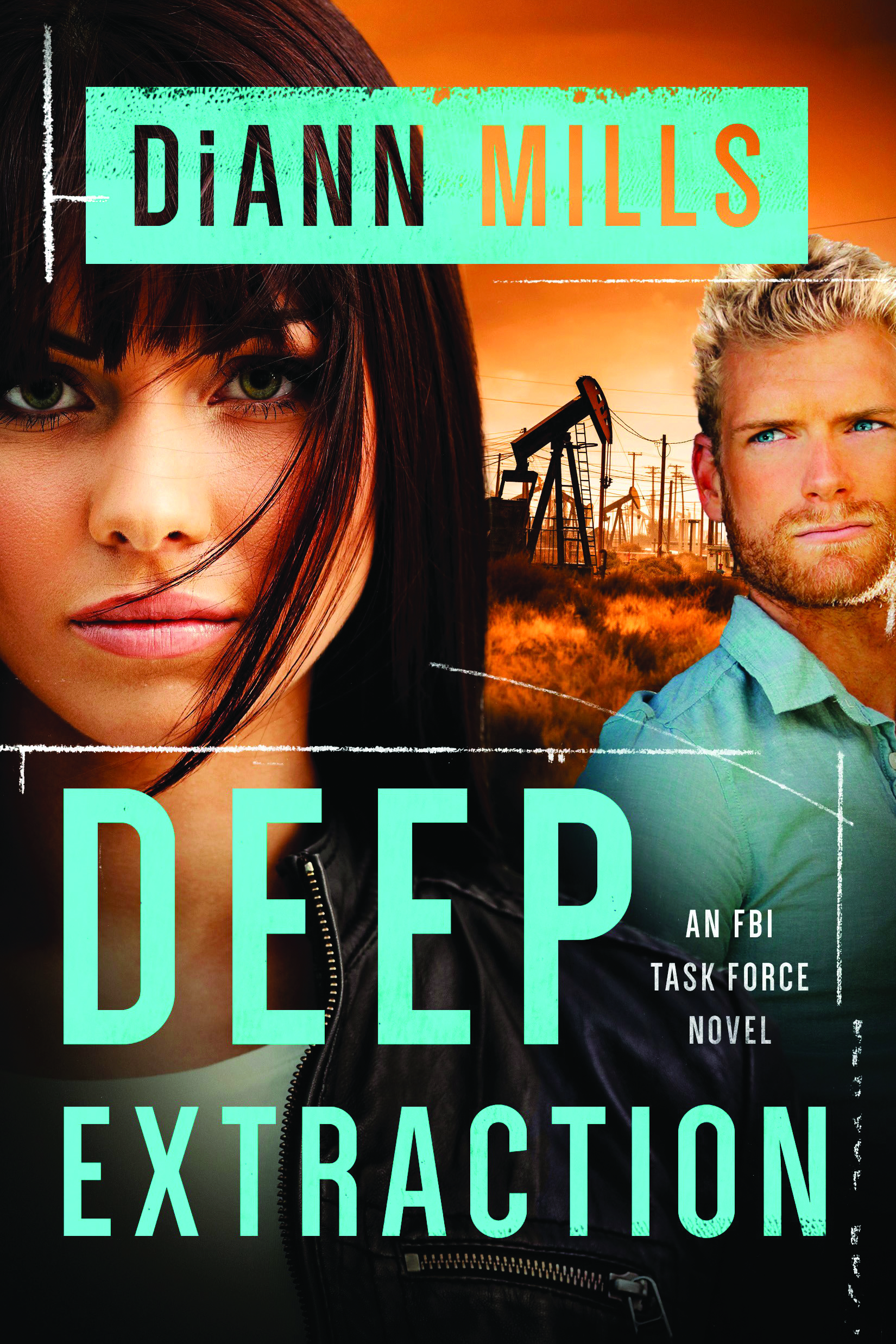
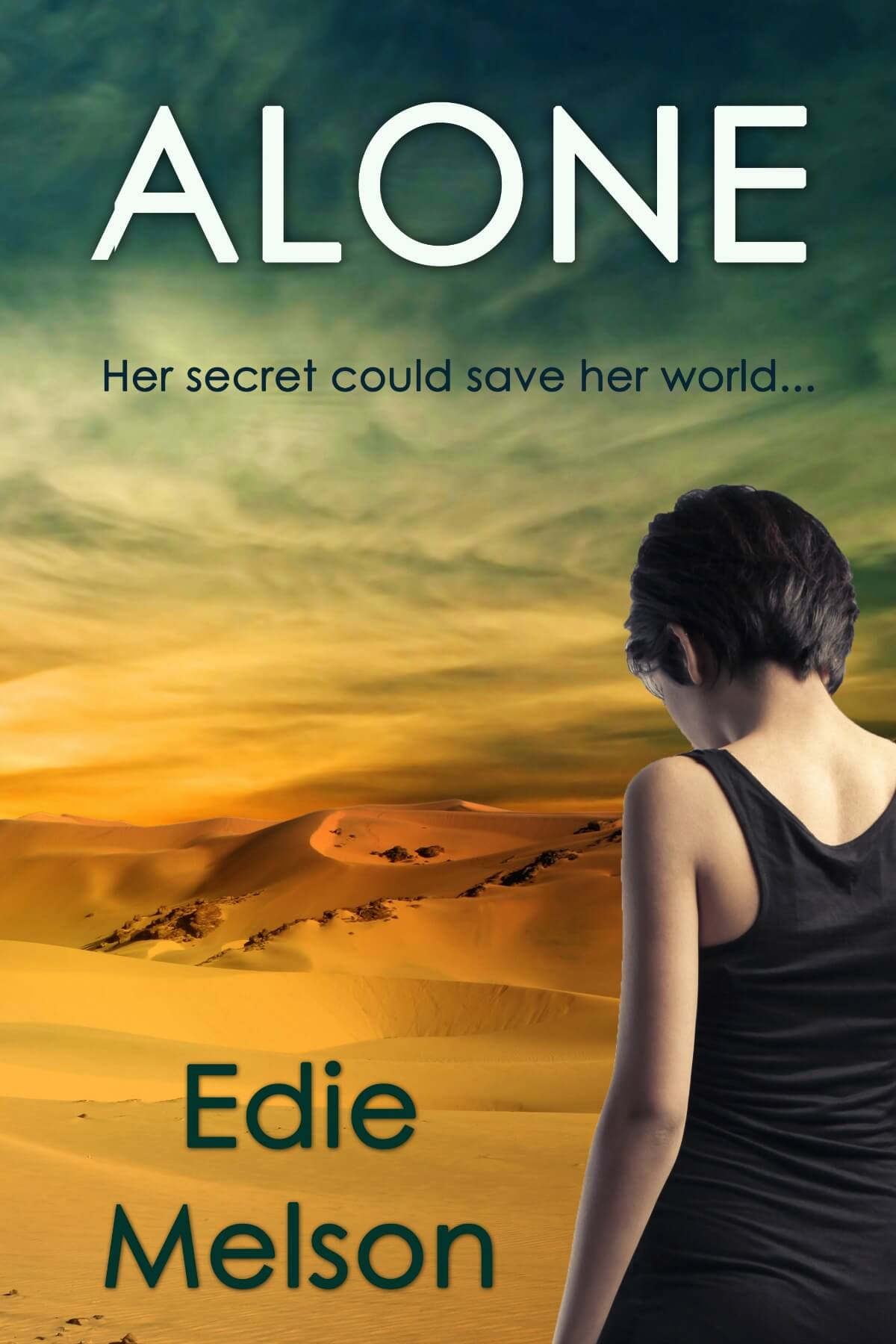









Well done, Sally. I think the elements of gruesome vary as most will slow their cars to gaze across the freeway at the multi-car accident wondering if they'll see blood or body parts. Some will watch the CSIs series and others watch Downtown Abbey. Not that people won't watch both.
ReplyDeleteI think the degree of graphics in literature and, really, film can dictate what we're becoming as individuals. Christians need to evaluate their desires for graphics but not police their fellow believers because sometimes they apply a rigidity that isn't spiritually supported.
The material you described in your post sounds horrific and skip-worthy. Great conclusion to this post, Sally.
Well said, Sally. Using metaphor: perfect.
ReplyDeleteIn my unpublished novel that takes place in the 1870s I have a mail order bride give a diary to her new husband just before he leaves for a cattle drive. The diary entry explains the brutal attack she endured at 13 that has shut her off from physical intimacy at 30. This is something she has never spoken about but writing it down helped her heal. It seemed best to let him read that account.Sitting in a hotel room at his destination he reads the diary. The first few paragraphs are available to the reader. The rest is understood as my hero flings the book down, picks it back up,paces and reacts to the content. The reader knows the details are horrible but I wanted to focus on his reaction at finding out the truth. The scene was more powerful without graphic details.
ReplyDeleteYes. Even without reading the work, I agree with you. We all can imagine what rape looks like. The man's reaction is far more interesting in this case, I think.
DeleteNot that we are talking about rape simply because it's interesting. But for a woman to find a man who is unlike the man who raped her and to get over any feelings of being "less than" or at fault--that's a worthwhile topic for a book, I think.
I love the photo....
ReplyDeleteVery apt advice! Thanks for sharing. I think in some ways it takes more skill to use metaphor in a way that highlights the essence of a scene, instead of grinding through the grisly details.
ReplyDeleteConversely, I would say this is also useful in writing romance, another genre where showing too much is common, and the alternative only seems to be showing no feeling at all--which misses the point.
Thanks for this adjustment, Sally.
ReplyDeleteYou brought many excellent suggestions for the writer into clear focus. A great post. Thanks for sharing your ideas with others.
ReplyDeleteThank you all for commenting. I'm late in answering because I'm traveling a lot these days. But I do read the comments and appreciate them!
ReplyDeleteI agree. I've had to stop reading many thrillers and series about pathologists, etc., because I find the descriptions just too graphic and brutal. I put the book down and don't go back - to the story, or the author.
ReplyDeleteAs a psychologist, I also have issues with the almost lovingly described rapes/tortures/abuses, it's like a form of pornography, and I know only too well that there are individuals out there getting their rocks off while reading it. There's a difference between eliciting the reader's empathy in telling important stories about brutal, awful things, and somehow turning the violence into entertainment.